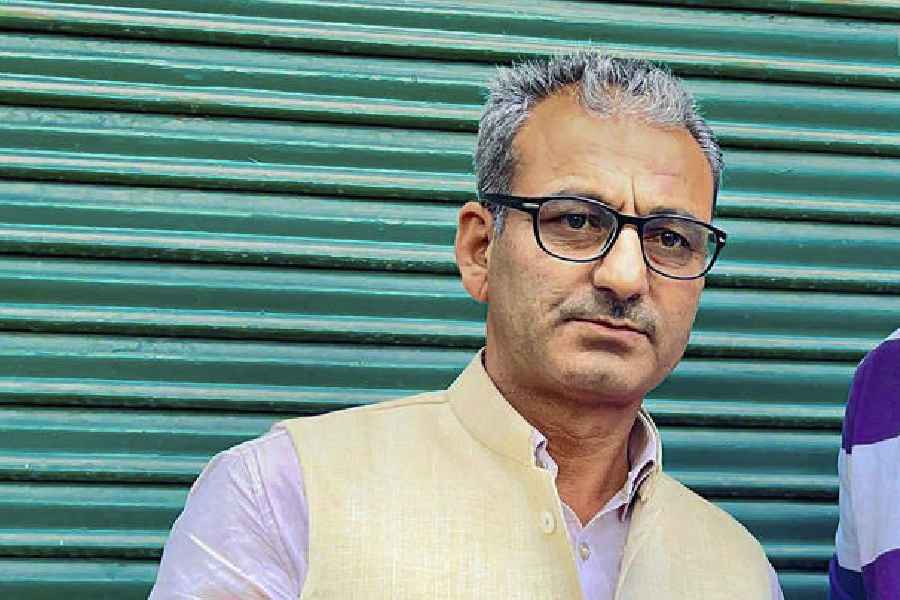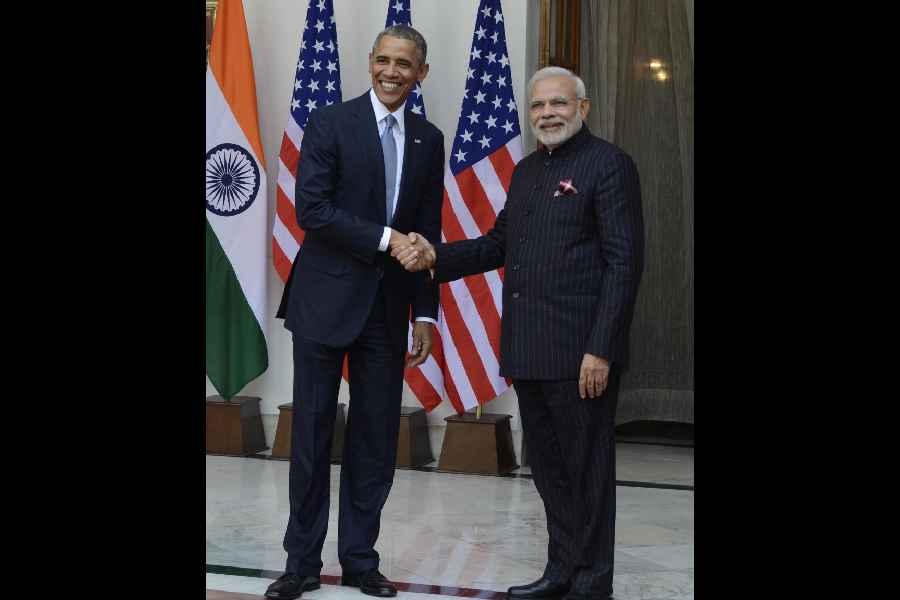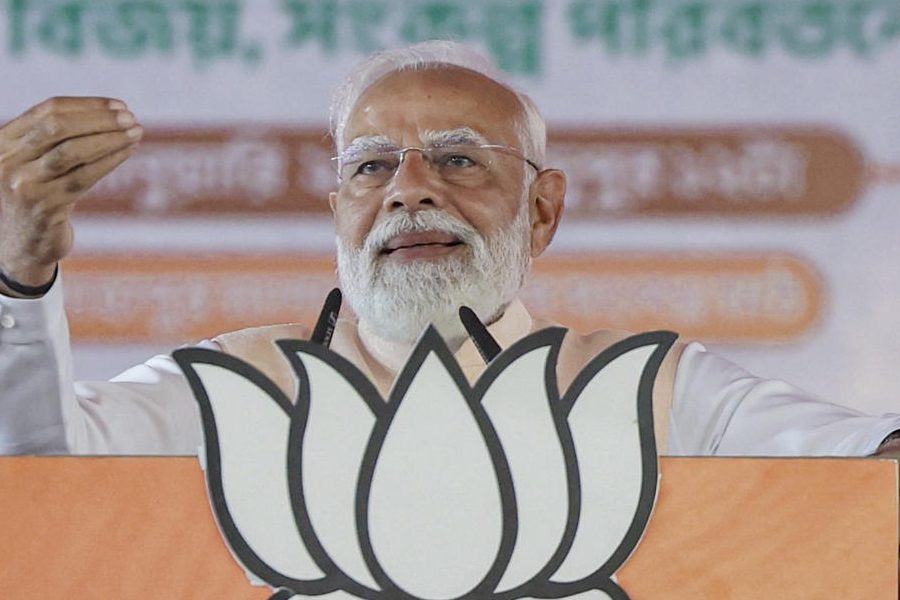Radio Brahmaputra, a community radio, is working hard to assist people during the lockdown period and check the spread of coronavirus in Assam’s tea gardens and riverine villages by generating awareness about the pandemic in local dialects.
Around seven lakh people belonging to various ethnic communities of Upper Assam are the target audience. Radio Brahmaputra breaks the language barrier through programmes in their mother tongues. The station thus caters to the needs and aspirations of people by broadcasting programmes in Shadri (dialect of the tea tribe community), Assamese, Bodo and Mising.
Station head Bhaskarjyoti Bhuyan said Radio Brahmaputra follows Unicef and WHO guidelines and information related to Covid-19 awareness.
“People in the tea gardens and sar areas do not understand English. We are first translating the guidelines of WHO and the health department on coronavirus into Assamese. After that the contents are translated in Shadri (dialect of the tea tribe community), Bodo and Mising languages for those living inside the tea gardens in Dibrugarh and in the remote riverine villages in Dhemaji district,” Bhuyan said.
He added that the radio station had started a two-hour live programme on Covid-19 awareness everyday where people participated through phone calls and WhatsApp before the lockdown was imposed.
“We are also making some radio spots. This has helped us spread awareness about the threat of coronavirus, how it spreads and how we can avoid infection by adhering to social-distancing norms and maintaining hygiene. Experts from various universities and medical colleges also discussed about the mental health and the parenting role during the lockdown,” Bhuyan said.
A community radio normally covers listeners within a radius of 10 to 15 km, but Radio Brahmaputra has managed to reach 14 islands, 30 tea plantations and more than 180 villages The programmes can be heard in Dhemaji and Dibrugarh districts.
“We try to reach out to those people through entertainment and at the same time create awareness on public health issues,” Bhuyan said.
Head of the department of communication and journalism in Gauhati University, Ankuran Dutta, said community radio is already recognised as one of the most low-cost media and it is people’s own media.
Dutta, who is also an expert in community radio, said: “The voices of common people are heard only in this third tier of broadcasting. This lockdown period is very suffocating for all of us. And Radio Brahmaputra of Dibrugarh has been continuously serving its listeners, more particularly the tea tribe communities and river island communities of Dibrugarh and its neighbouring districts.”
Community radio — popularly described as a “radio for the people, of the people and by the people” — has democratised mass media across the world. It is thus closest to the people by catering to the interests of inhabitants of a certain area, broadcasting materials that are popular in local dialects and meant for local audience.











